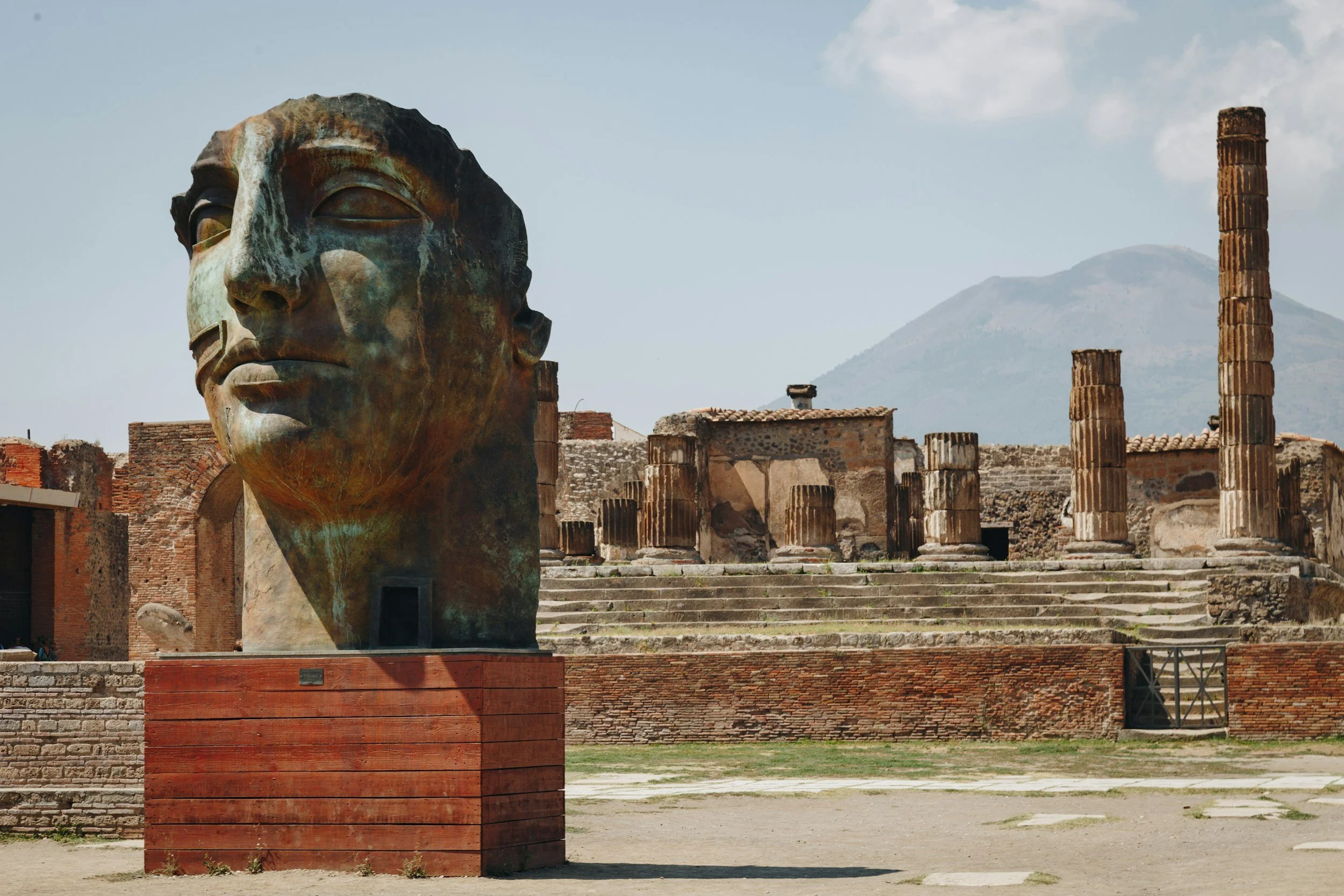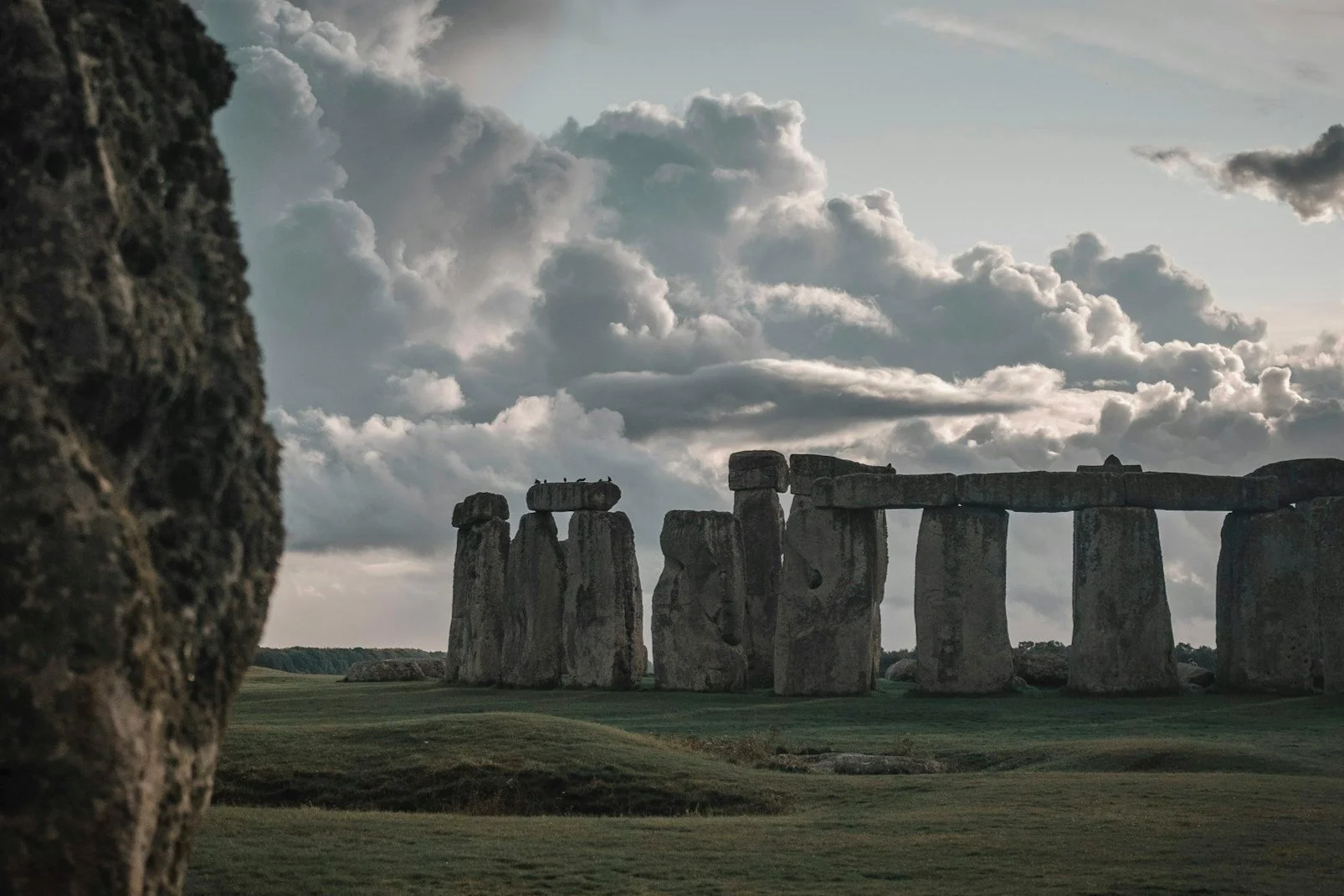Where to see the best ancient ruins in Europe
Europe is a treasure trove of ancient history. Scattered across the continent are awe-inspiring remnants of past civilizations, from the mighty Roman Empire to the mystical Celts and the great Greek city-states. If you're a history enthusiast or a cultural traveler looking for the best ancient ruins in Europe, this comprehensive guide will help you plan an unforgettable trip. Keep reading to uncover the most famous ancient ruins in Europe, travel advice, and other lesser-known archaeological gems worth exploring.
Why Visit Ancient Ruins in Europe?
Europe offers unparalleled access to historical sites that span thousands of years. Visiting ancient ruins not only brings history to life but also offers a unique way to connect with the continent's rich cultural heritage. Many of these sites are UNESCO World Heritage-listed, making them both culturally significant and well-preserved.
1. The Colosseum, Rome, Italy
Arguably the most iconic ancient ruin in Europe, the Colosseum is a must-visit when you’re in Italy. Built around 70–80 AD, this colossal amphitheater once held up to 80,000 spectators who watched gladiator battles, mock sea battles, and dramas.
Travel Tip: Purchase tickets online in advance to avoid long queues. Consider a guided tour for deeper historical context.
Nearby Attractions: Roman Forum, Palatine Hill
2. Acropolis of Athens, Greece
The Acropolis, perched high above Athens, is home to some of the most well-preserved ancient Greek ruins in Europe. The Parthenon, a temple dedicated to the goddess Athena, is the crown jewel of this site, and a must-see when you visit Greece.
Travel Tip: Visit early in the morning or late in the afternoon to avoid crowds and the scorching sun.
Nearby Attractions: Ancient Agora, Temple of Olympian Zeus
3. Pompeii, Italy
Frozen in time by the eruption of Mount Vesuvius in 79 AD, Pompeii offers an unmatched glimpse into Roman life. Walk along ancient streets, explore homes, bathhouses, and forums preserved by volcanic ash.
Travel Tip: Combine your visit with a hike up Mount Vesuvius for a panoramic view and geological insight.
Nearby Attractions: Herculaneum, Naples National Archaeological Museum
4. Stonehenge, England
One of Europe’s most mysterious prehistoric monuments, Stonehenge dates back to 3000 BC. The site's true purpose remains unknown, making it a fascinating destination for history buffs and mystics alike.
Travel Tip: Book a Stone Circle Experience for early morning or evening access.
Nearby Attractions: Salisbury Cathedral, Avebury Stone Circle
5. Ephesus, Turkey
Ephesus was one of the most important cities of the ancient Greek and later Roman world. Highlights include the Library of Celsus, the Temple of Artemis, and a massive amphitheater.
Travel Tip: Visit during spring or autumn for mild weather and fewer tourists.
Nearby Attractions: House of the Virgin Mary, Temple of Artemis (one of the Seven Wonders)
6. Delphi, Greece
Once considered the center of the world in ancient Greek mythology, Delphi is home to the Temple of Apollo and an impressive ancient theater with stunning views of the valley below.
Travel Tip: Allocate half a day to fully explore the archaeological site and the museum.
Nearby Attractions: Mount Parnassus, Arachova village
7. Segovia Aqueduct, Spain
A marvel of Roman engineering, the Segovia Aqueduct has stood since the 1st century AD and is remarkably well-preserved. It runs over 800 meters and was built without mortar.
Travel Tip: Visit the site at sunset when the lighting enhances the grandeur of the arches.
Nearby Attractions: Segovia Cathedral, Alcázar of Segovia
8. Skara Brae, Scotland
Skara Brae is one of Europe’s best-preserved Neolithic villages, dating back over 5,000 years. Located in the Orkney Islands, it offers a rare look into prehistoric domestic life.
Travel Tip: Wear layers; Orkney weather can change quickly. Guided tours enrich the experience.
Nearby Attractions: Ring of Brodgar, Maeshowe Chambered Cairn
9. Butrint, Albania
Butrint is a lesser-known archaeological site that features ruins from the Greek, Roman, Byzantine, and Venetian periods. Its lakeside setting adds to the charm.
Travel Tip: Combine your visit with a trip to the nearby Ksamil beaches for a day of history and relaxation.
Nearby Attractions: Ksamil Islands, Blue Eye Spring
10. Carnac Stones, France
Located in Brittany, the Carnac Stones are a collection of over 3,000 prehistoric standing stones erected between 3300 BC and 4500 BC. The purpose of these alignments remains a mystery.
Travel Tip: Visit the Maison des Mégalithes for guided tour options and interactive exhibits.
Nearby Attractions: Quiberon Peninsula, Locmariaquer Megaliths
Practical Advice for Visiting Ancient Ruins in Europe
1. Research Opening Hours and Access Rules
Many ancient sites have seasonal hours, entry restrictions, or require reservations. Always check the official site before visiting.
2. Invest in Guided Tours
A good tour guide can elevate your experience with historical context, anecdotes, and access to restricted areas.
3. Dress for the Terrain
Wear comfortable walking shoes, sun protection, and weather-appropriate clothing. Ancient ruins often involve uneven ground and limited shade.
4. Respect the Sites
Do not climb on ruins, take artifacts, or leave litter. These sites are protected for a reason.
5. Plan Around Festivals
Many European countries celebrate historical festivals or reenactments at ancient sites. These events can add a unique dimension to your visit.
Off-the-Beaten-Path Ruins Worth Exploring
If you want to avoid crowds and discover hidden gems, consider these lesser-known ancient ruins:
Empuries, Spain: A Greco-Roman archaeological site on the Costa Brava.
Apollonia, Albania: Stunning ruins with ocean views and few tourists.
Hissarlik (Troy), Turkey: The legendary city immortalized by Homer.
Clonmacnoise, Ireland: Early Christian monastic ruins beside the River Shannon.
Timgad, Algeria (technically in North Africa but Roman-related): Often overlooked but extraordinarily well-preserved.
The best ancient ruins in Europe are more than just stone remnants—they are windows into civilizations that shaped our world. Whether you're marveling at the engineering feat of the Colosseum or wandering the quiet paths of Skara Brae, these sites provide a tangible connection to the past.
So, pack your walking shoes, your curiosity, and a camera. Europe’s ancient ruins await.





